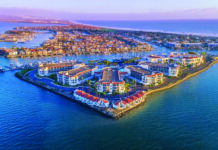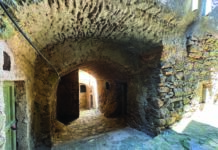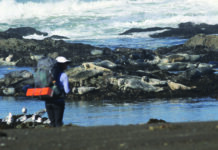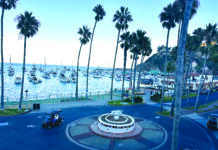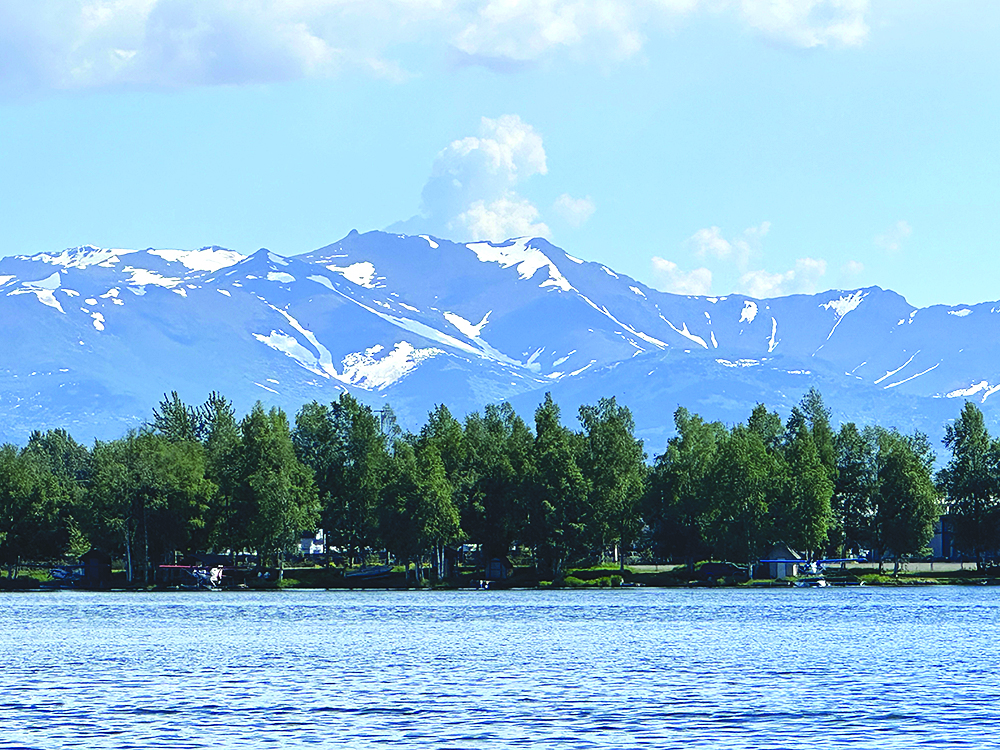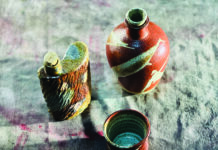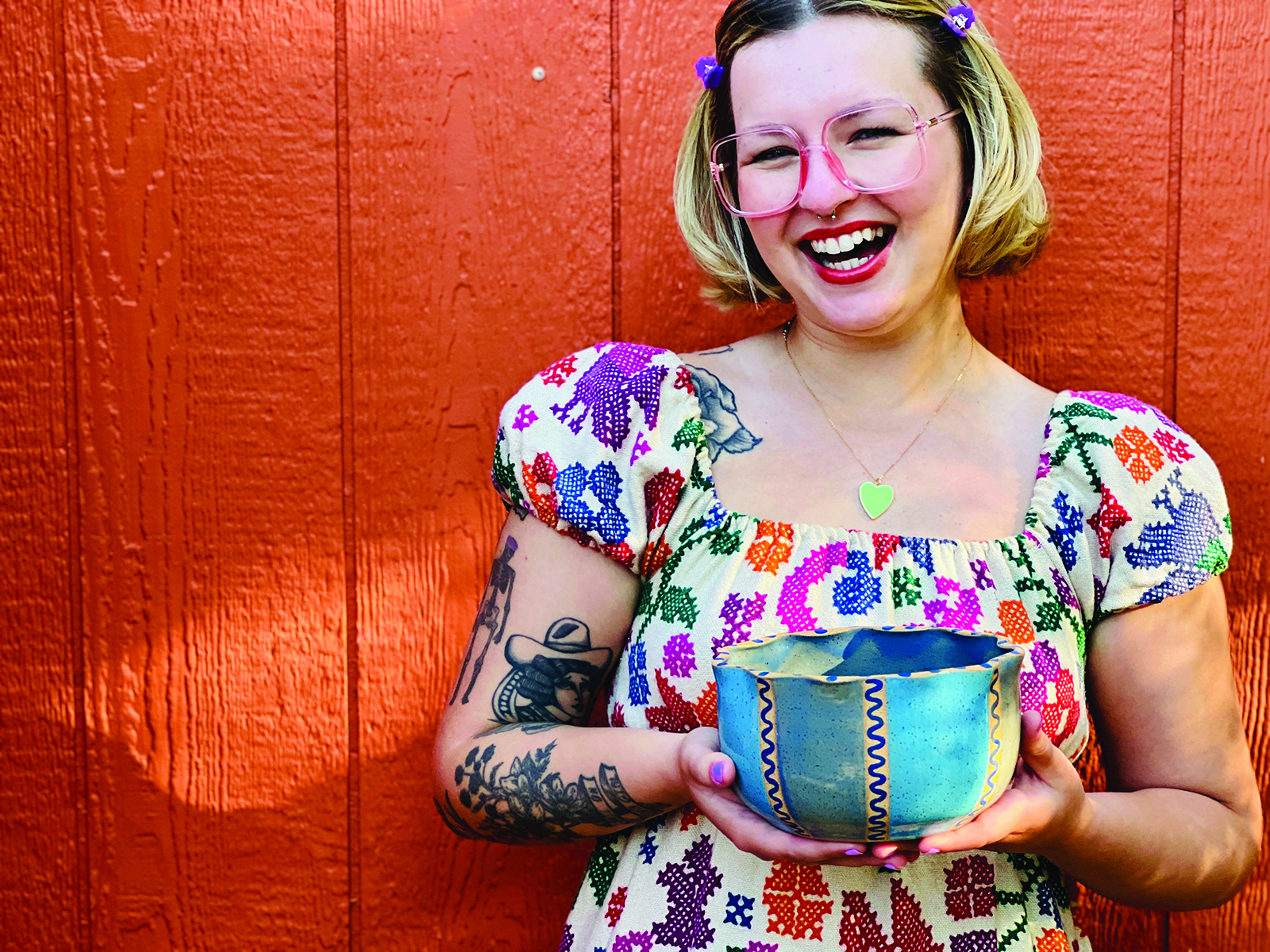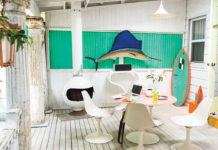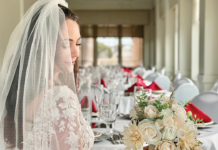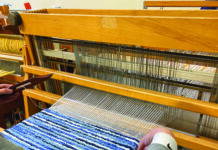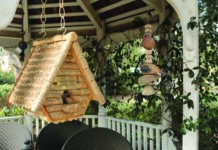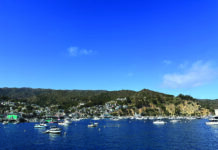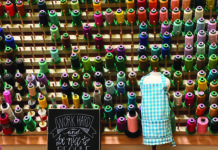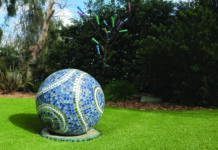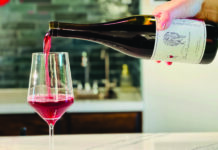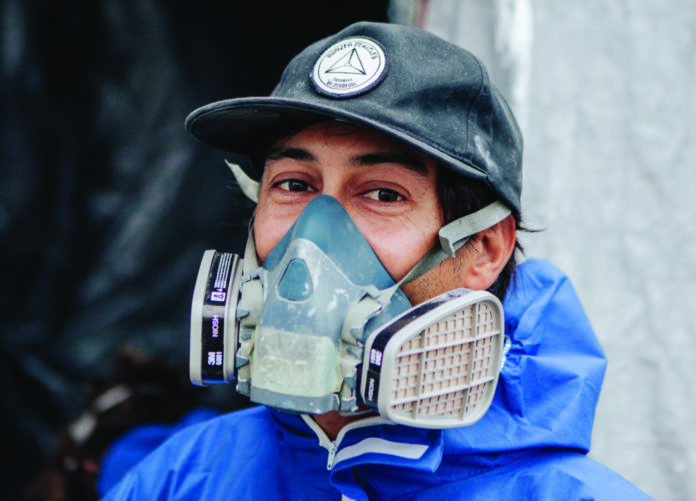by Nancy D. Lackey Shaffer | Photos by Corban Campbell
Jeff Hull, the owner, designer and driving force behind Jeff Hull Custom Boats in Ventura, is as relentless as the waves his custom boats are designed to ride. Every boat-building project he takes on is made to order, and carefully calibrated to give the owner something that won’t just meet, but exceed, expectations. His specialty: the wave-riding, heavy-duty, flexible workhorse known as the Radon boat — designed by Ron Radon Sr. (whose sons Don, Mike and Ron Jr. have continued the tradition) specifically for the notoriously rough and unpredictable waters of the Santa Barbara Channel. Ventura native, current Ojai resident Hull talked to Ventana Monthly about his start in the surfing business, being captivated by the shape and ride of a hull, the challenges of making a boat ride better, and more.
Are you from Ventura County originally? If not, where did you grow up?
Yes, I have spent nearly my whole life in Ventura. I was born on a Navy base in Guam but we moved back to Ventura shortly after. My wife and I moved to Ojai 10 years ago, where we currently live.
What is your education/career background?
I graduated from Buena High School and slowly worked my way through a psychology major while I grew my surfboard business. I graduated with a BA in 2007.
Have you always been passionate about watersports?
Yes. I started surfing when I was young and have always been attracted to the water. I started freediving when we got our first Radon boat and have enjoyed being able to get into the water whenever I have a chance.
When did you first begin creating surfboards?
I started making surfboards when I was 20. I’ve always been interested in making things, and surfboards are a challenge that held my attention for a long time. I started shaping and glassing in my parents’ garage, but promptly got the boot because of the stink of the chemicals. I had to decide if I wanted to really pursue a business in manufacturing them. By 2004 we had our first fully permitted surfboard factory operating in Ventura.
What were some of the companies that Jeff Hull Fiberglass worked with?
I worked for Steve Walden when I was just learning how to glass and I worked for Damien Raquinio who made shortboards, which was more of what I wanted to do. I opened up a shop with three other buddies all making our own boards and then started taking in glass work from other local shapers in the county and surrounding area. Slowly we got busier and I was able to build my own personal brand as well as make a name for myself as a glasser. The other guys slowly started following other career paths and soon I was running a solo shop shaping and glassing. I was fortunate enough to help finish shape and glass boards for Channel Islands for seven years, which helped give me capital to build up the boat-building side of business.
Why did you leave surfboards behind for boats?
For me, making the switch from surfboards to boats wasn’t a huge leap mentally. It made a lot of sense to me, with my background in glasswork and love of the ocean. The type of boats we make are known for surfing the waves on the way back from the Channel Islands [Surfboards]. As my customer base for surfboards grew, more customers would ask me to do small repair work on their boats. The level of finish work quality typical in the boat-building industry is not as high as it is for surfboards, so my customers would be pretty happy that I could blend in the repairs, or fabricate new pieces that would match.
How does one learn to build a boat?
I learned a lot from trial and error. As I worked through various repair jobs, I learned as I went. When it came to doing a full restoration and cabin rebuild, I learned a lot through the local network of boat builders. When a few came out well enough to be taken seriously, I reached out to Ron Radon Jr. and was fortunate enough to be able to go to Oregon and build a plug for a new mold together. He has been doing it all of his life and had learned it from his dad, Ron Radon, so it was pretty awesome to be able to work alongside him and learn from him.
I am super thankful that Ron Radon Jr was willing to pass on the knowledge of how to build Radon boats from scratch. Not many people can build a boat from a pile of plywood. The gift of that knowledge allows us to build boat prototypes like we do surfboards. We can make a boat, try it, make changes and then put it into production because it is what we would want to use.
Can you tell us a little bit about what makes Radon boats special?
Radon boats were first made by Ron Radon and created from a dream he had about how to make the belly of the boat surf down a wave. We have a pretty gnarly channel to cross from the islands back to the harbor and it can go from flat to windy following swell really fast. He created these boats for the local commercial abalone divers and then for the urchin divers. This meant that they had to be extremely seaworthy boats that could hold 8,000 pounds of urchins and not broach or flip over when coming home in big seas.
The shape and ride of the boat is what has captivated me. People still use these boats for commercial fishing, but a lot of people that are devoted to being on the water come for these boats because they have proven themselves to be extremely good at handling our channel. They are also used all up and down the coast, from Baja to Alaska, and over in Hawaii and a few other spots throughout the world.
Who is currently part of the Jeff Hull Custom Boats team?
We now have nine employees including my wife, Shannon, and I. We have a couple of guys that specialize in glassing, and a couple in carpentry. Mostly everyone has a good assortment of skills needed to build boats, from glassing, woodwork, sanding, painting, and rigging. It’s very much a team effort to build the boat as it cycles through the stages of the build.
What are some of the most common problems you find you have to fix when you are restoring a boat?
We really focus on Radon-type boats, so most of the rebuilds are on old commercial boats that have been severely beat up. The hull is still good but the cabin and decks usually need to be replaced. The great thing about these boats is the hulls are so thick and well built, it’s not uncommon for the boats to be rebuilt three different times for different fisheries or surfers.
Are there any particularly difficult projects you’ve taken on?
We have taken on a fair amount of difficult projects, from bad fuel tanks that have leaked and contaminated everything around them, to builds that turn out to be more complicated than originally expected. What it always comes down to is communication with the customer.
Changes in the build are always going to come up and what definitely matters most is clear communication. Some of the most difficult projects I have done have been ones where I knew I could make the boat ride better if customers would allow me to change the bottom contours. Those have also been some of most rewarding projects because I told the customer that if it didn’t make the boat perform better and save them fuel economy, they didn’t have to pay the $5,000 bill. Luckily, in both cases, the boats performed as planned and we were able to continue to collect data on how we wanted to build our new boat hull designs.
What were some of your favorite or most rewarding projects?
Last March we finished and delivered our fist 29-foot boat built from start to finish for our friend Brandon in Hawaii. Laying up a new hull in our mold and doing all finish rigging on motors was huge for us.
We also have created a new 22-foot mold (with the help of Ron Radon Jr.) and are working on building the first boat from it now; that will be headed to Maui.
We are also finishing up a custom 17-foot boat that we built as a one-off from a stack of plywood in my backyard. It has been a collaboration with a woodworker/artist named Jay Nelson and has been such a good experience, working with a guy with a different background, and being able to be fully creative in what we wanted to see happen with the boat.
Tell us a little bit about the custom design side of Jeff Hull. What types of boats do you build?
We typically build boats for guys that have a passion for the Channel Islands. From surfing to fishing to freediving, they all are watermen from around California, and a few in Hawaii, that want a boat that will handle in rough water. What I like about designing this kind of boat, is that I build it how I would use it, too. We want them low profile, with plenty of deck space, enough fuel capacity to get us around on an extended trip, and comfortable enough for the family to enjoy.
What goes into building a boat? How long does it take?
Right now the wait for a boat is about one to two years. The build itself depends on the amount of other projects happening and the crew that we have. With COVID we have had a longer build time as we have lost childcare. We are starting to pick back up a bit now. I’d say the typical build, start to finish, can take six months to a year.
Do you work closely with clients on the design and build?
We work extremely closely with customers on the design and the build. We have had a number of our customers come in and work alongside us, or drop by weekly to come in and check on the progress and go through the design process in real time. We have made a lot of good friends this way and enjoy it a lot. If the customer is further away, we talk via phone and email regularly and send progress pictures as it comes along.
What are people looking for when they come to a custom boat builder?
I think most people that come for a custom boat want something that is really built to last and to handle well. The boat itself is made by hand and has a very thick and sturdy hull and we apply that principle to the rest of the build. Most people really just want a well made boat that can be completely customized to their needs, from accommodating the whole family to being used for commercial fishing.
What are the biggest challenges in your job? What are the greatest rewards?
The biggest challenge for me is time. Every build is different and every customer is different. I need and like to keep in communication with our customers as the build progresses and I need to manage our crew. We have weekly planning meetings and I am on every job daily to make sure that each one is going according to plan. The greatest reward is being trusted to design something new for a customer and being able to get that design over the finish line and into the water together.
What does the future of Jeff Hull Custom Boats look like? Any new designs or plans on tap?
Right now, we are planning on purchasing a new boatyard. It is bigger than where we are now, so we really get to put a lot of thought into the design and flow of the new space. This will allow us to increase capacity 10x and shorten the wait period. We’ve got a ton of ideas for that new space and hopefully they’ll be some exciting things in the near future. Hoping to close escrow this week!



